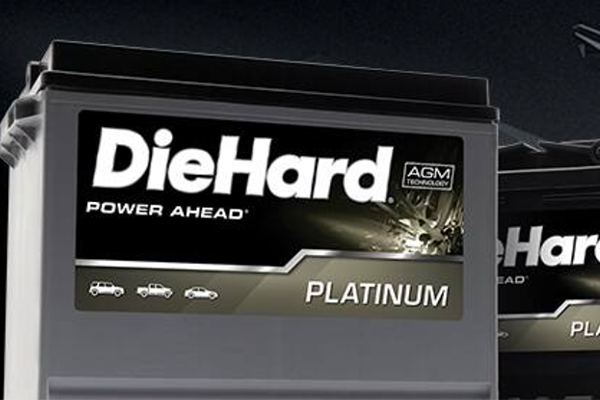
So you come out to the parking lot after work and find you've got a flat tire... or, worse yet, you're driving along and, suddenly, you hear a loud flapping noise and your ride gets extremely rough (for the exact same reason).
Flat tires are no fun, but they're going to happen to just about every driver sooner or later. If a flat tire happens at highway speed, it can be pretty dangerous, and your safety comes before anything else.
Forget about that tire; if the flat or blowout happens when you're doing 50 or 60 mph, that tire's likely to be shredded beyond repair anyway. Let off the gas pedal, keep a firm grip on the wheel, and brake gently until you can find a safe, flat place to pull over and change the tire.
Do you drive a car that doesn't have a spare tire? Here's what you can do.
Changing the Tire
It might seem like a no-brainer to some, but you'd be surprised at how many people don't know how to change a tire on their own. Let's go through the steps.
1. Double check that you're pulled over in a safe location to reduce your risk of injury from other drivers. Set the transmission in park (or first gear, if a manual transmission) and set the parking brake. Chock at least one wheel on the other end of the vehicle and use the screwdriver-shaped end of the tire tool to pop off the wheel cover (if so equipped).
2. Use the tire tool to loosen the lug nuts to a point where they can be turned easily by hand (remember, "lefty-loosey, righty-tighty"). If you have a stubborn lug nut, your foot can provide extra force and leverage. Before you go full force, though, check to make sure you aren't trying to loosen a locking lug nut. These lugs are becoming increasingly common as an added security feature, and you can identify them by finding one lug nut per wheel that has a different design than the others. To remove these, you'll need a special wheel lock key that should be located with your spare tools.
3. Find your jack and position it under the recommended spot for lifting, usually a spot at the edge of the vehicle's frame. This can vary from one vehicle to another, so check your owner's manual if in doubt. Safe lift points are often indicated with a mark like a triangle, too. The days of the bumper jack have come and gone, so chances are your vehicle will have a scissors-type jack that raises and lowers using a folding crank-style handle. Turn the crank clockwise to raise the vehicle.
4. When the tire is about an inch off the pavement, go ahead and remove the lug nuts and put them in a secure place; inside your wheel cover is perfect. Pull the wheel and tire straight off and lay it on the ground nearby.
5. Fit the spare wheel and tire over the wheel studs and reinstall the lug nuts, starting with any two that are diagonal from each other. Tighten the lug nuts up to finger-tight.
6. Lower the vehicle back onto the spare again and tighten the lug nuts, starting with the two that are farthest apart and then working your way around to all of them in a star pattern. Get them as tight as possible, then check tightness again in 50-100 miles. Remember that if your vehicle has a donut-type spare, it's only intended for temporary use and shouldn't be driven at speeds above 55 mph.
That's it — you're back on your way again!
Source | Caleb Whiting/Unsplash
Avoiding a Flat Tire
With the right tire maintenance, you can lessen the chances of having a flat. Inspect your tires regularly and run your hand along the tread to feel for debris, bulges or uneven wear patterns. Make sure your tires are properly inflated, since under-inflation or over-inflation can both put a lot of stress on a tire (remember to check inflation before heading out when the tires are cool). Look at the sidewalls as well, checking for bulges or damage. Bulges are clear indicators that your sidewall is failing, and the risk of a blowout is much higher. And while you're looking over your tires, check the spare pressure, too. You don't want to mount your spare and then realize it's flat, too!
More than anything else, though, replace tires when they get below minimum tread depth. Badly worn tires are dangerous due to poor traction and are a lot more prone to failure. If you can see the wear bars that run perpendicular to tread grooves and they're flush or almost flush with the tread surface, it's definitely time for new tires.
Don't just wait for those bald tires to blow — replace them.
Try this test: Stick a penny into the tread grooves, Lincoln's head down. If the tread face reaches the top of Abe's head, your tires are at 2/32" tread depth, the minimum safe depth by state law. Try again with a quarter; if the tread touches the top of Washington's head, your tires are at 4/32" depth. Now, one more time with the penny. If the tread face touches the Lincoln Memorial, your tires are at 6/32" depth and should be good for quite awhile yet.









